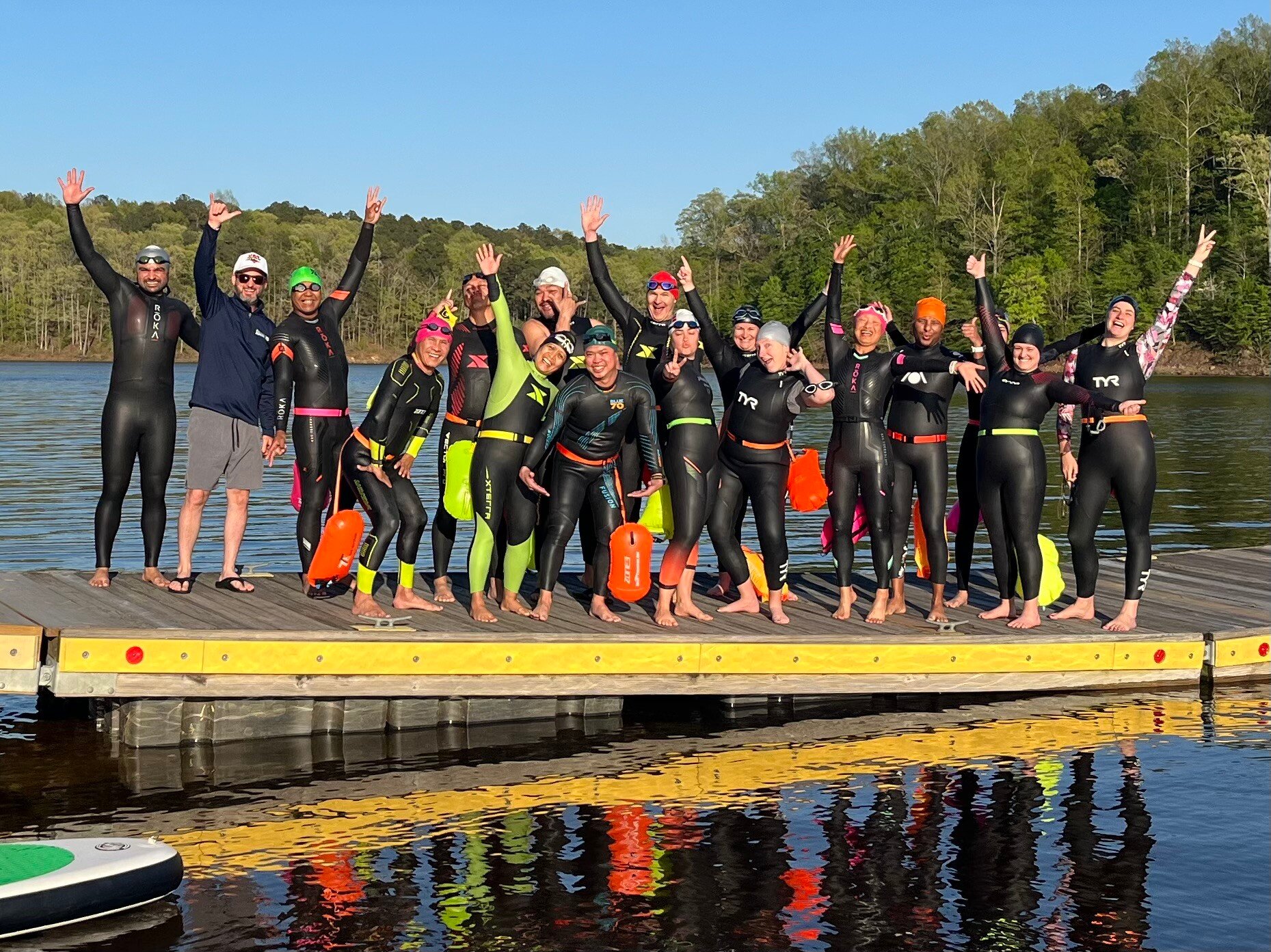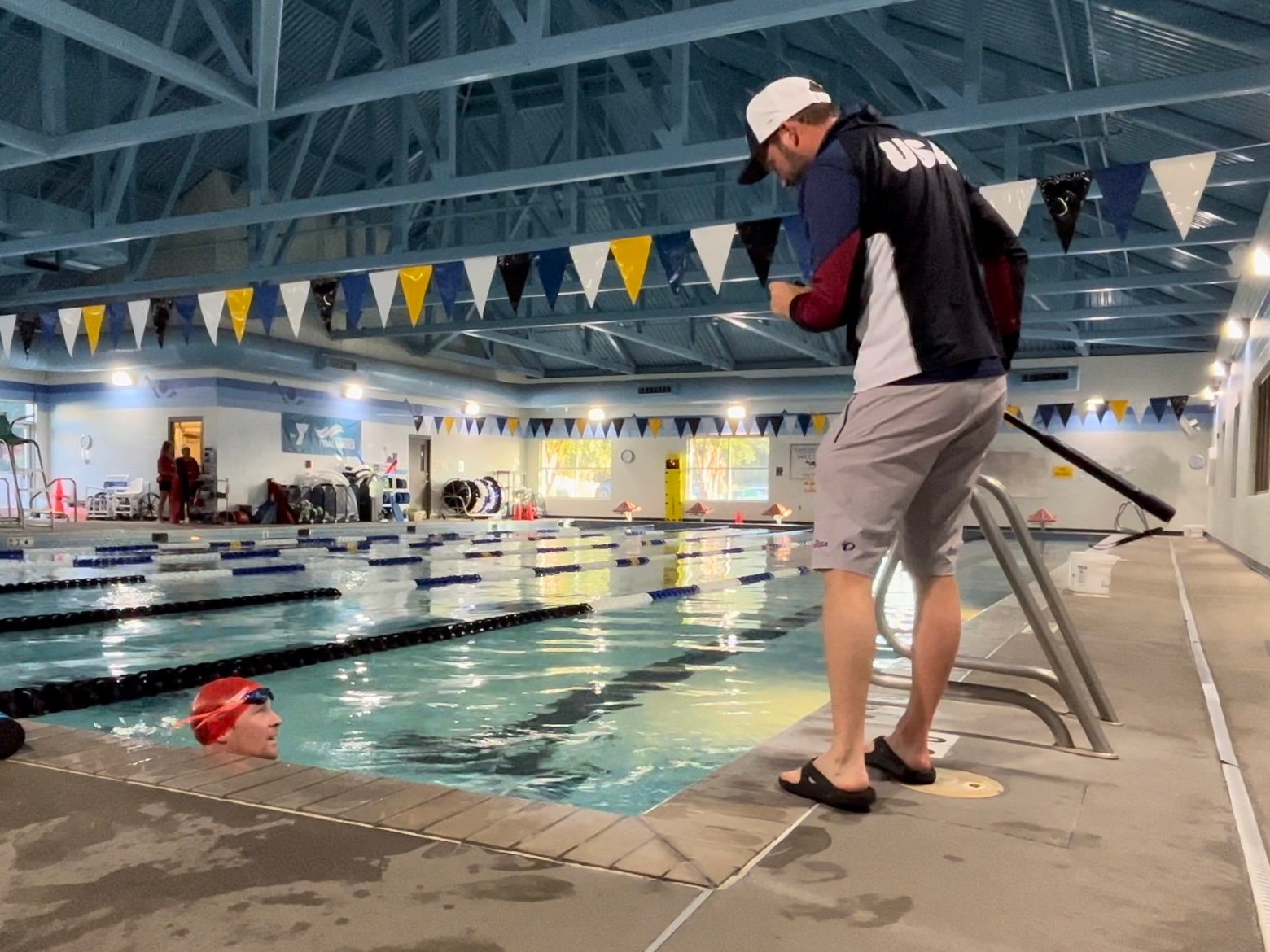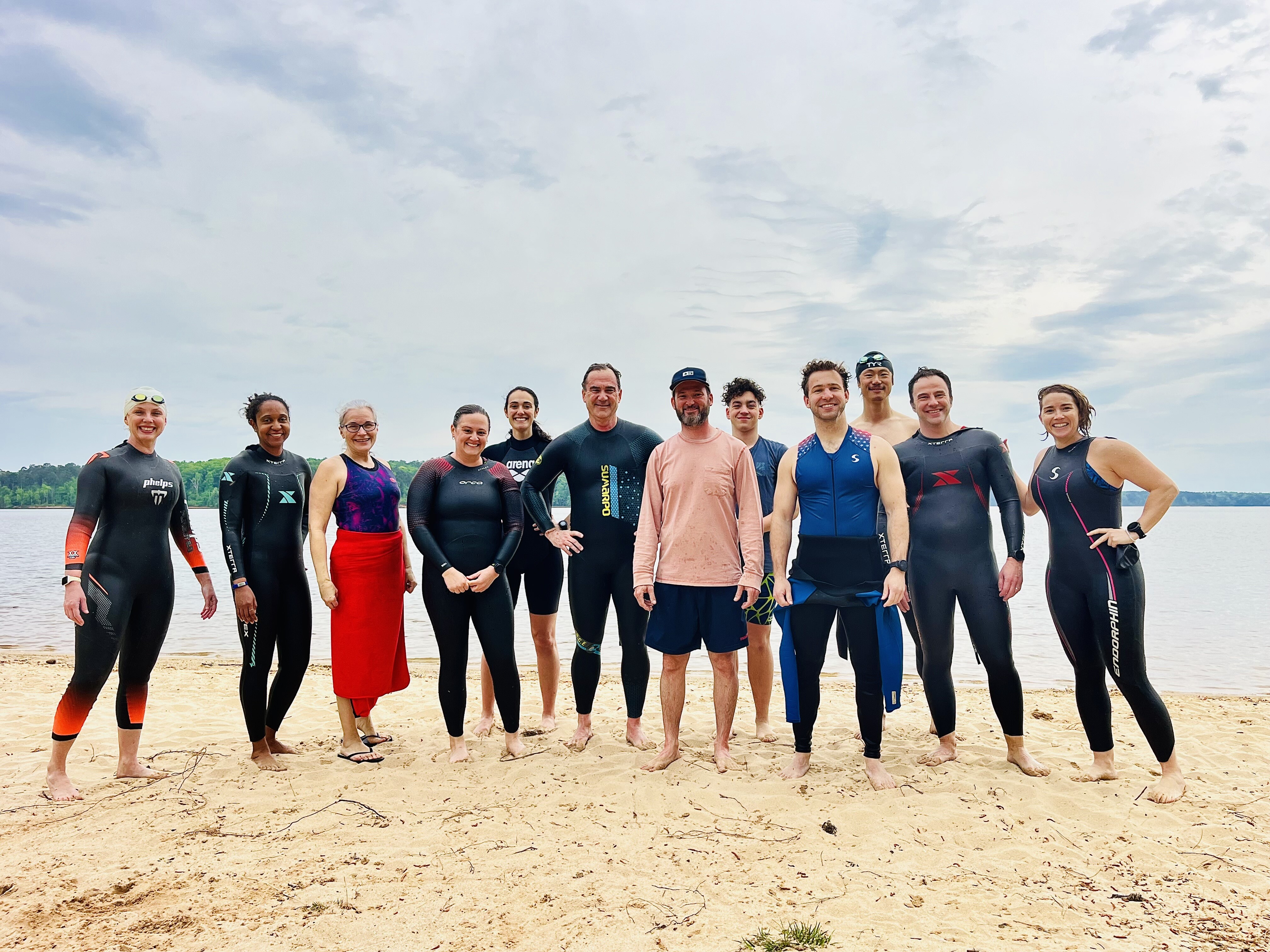Mastering Cold Water Swimming: Tips for a Stronger Experience
Cold water swimming offers a unique blend of a physical challenge and mental fortitude, and preparing the body effectively can transform your experience from daunting to exhilarating.
Before Your Swim
The nervous system plays a pivotal role in cold water swimming, dictating how the body responds. Begin with gentle movements on land. These include 1. Diaphragmatic breathing to establish calm, 2. Head control exercises to prepare for sighting and breathing, 3. Torso rotation to improve mobility and mimic swim strokes, 4. Rocking movements to tie the hips and shoulders together, and finally 5. Contralateral movements and/or a complex motor movements such as the gait pattern to connect both hemispheres of the brain together, activate your vestibular system, and increase coordination. Check out this blog article, Pressing RESET, to learn more about the science of the nervous system and explore more movement recommendations. There is no algorithm. Simply find movements that feel good within each of these areas. Together, these actions wake up the body and set the stage for entering the water.
Filling a wetsuit with warm water before stepping in offers a brief shield against the initial shock, while entering gradually—feet first, then legs, then torso—gives the body time to adapt. Everyone is different so take it slow at each stage and let the process play out. Finally, splashing cold water on the face and neck beforehand dulls the plunge’s intensity, and once in, blowing bubbles with the face submerged helps regulate breathing and settle nerves. Holding your breath is a survival reflex. Remember to breathe. Once you’re fully submerged, opening the wetsuit slightly to let water trickle in speeds up acclimation.
During Your Swim
Relax, breathe, and accept the cold. You’re in control and it’s time to get moving to override your survival reflexes produced by the nervous system. Leaning into these sensations, rather than fighting it allows the nervous system to adjust over time, turning discomfort into a manageable thrill.
Use neoprene booties, gloves, and a cap if it's really cold—about 50-55 degrees water temperature or less. You can also double up with two swim caps.
When your body detected the cold water, another survival reflex kicked in to tighten muscles and force blood out of the extremities to protect your organs and brain. Get moving. Start slow and increase your effort as you're able. This redirects blood from the core back out into the arms and legs.
Focus on long exhales and short inhales. It’s a little counterintuitive, but at this point you need less CO2, not more O2. The only way to get a deep breath in is to have a deep exhale out. Long exhales will decrease CO2 in the blood and increase O2 in the blood and help reduce anxiety and prevent panic attacks.
Still, recognizing your limits remains crucial—uncontrollable shivering or mental fog means it’s time to get out and warm up.
After Your Swim
After finishing a swim, dry off, get into warm clothes and sip on hot fluids. If you’re out at the lake, take a thermos and leave it in the car with soup, coffee, or your favorite warm beverage. Think of this mantra, warm up from the inside out.
Success in cold water swimming doesn’t hinge on distance or speed, especially early on—it’s about building comfort and confidence. The more you expose yourself to uncomfortable things, the wider your comfort zone becomes. In other words, the more experience you have the less your nervous system will respond in a seemingly negative way, making future swims more enjoyable.
Race Day Considerations
Regarding cold water preparation at race venues, the same remains true. If you can’t get in the water prior to the race start to warm up, you can still do all of these things on land. Toss on your running shoes and do a few strides to get your energy systems online. After a warm up, don your wetsuit and fill it up with cold water and splash your face with cold water to initiate a nervous system response. If you can, just sit in the water on the shore to acclimate. Of course, be mindful of the timing, especially at bigger events, so when you get in line you don’t cool off too quickly.
By blending these strategies—nervous system awareness, pre-swim resets, and cold-water tactics—you can enhance your resilience, improve your performance, lengthen your season, and improve your overall mental and physical well-being.





